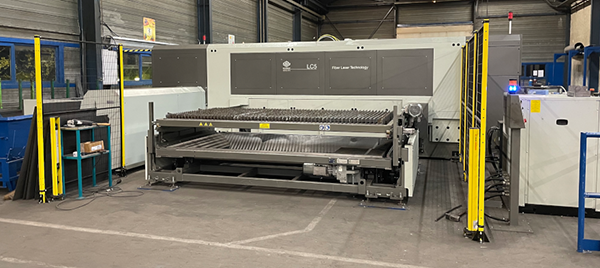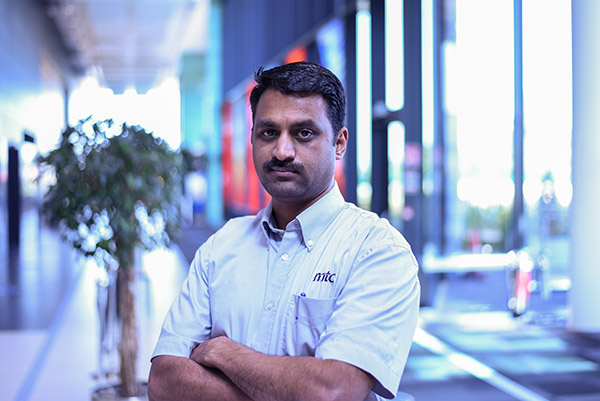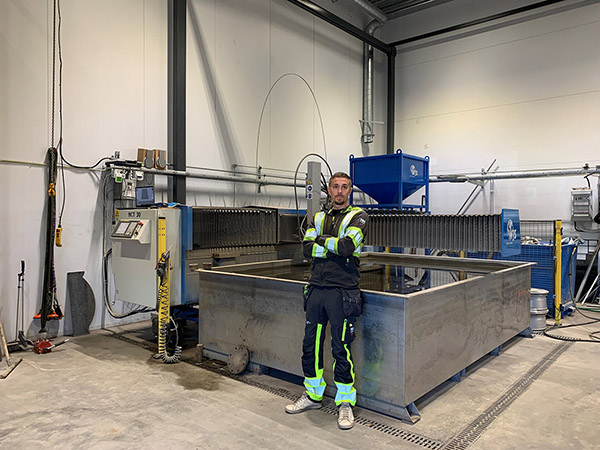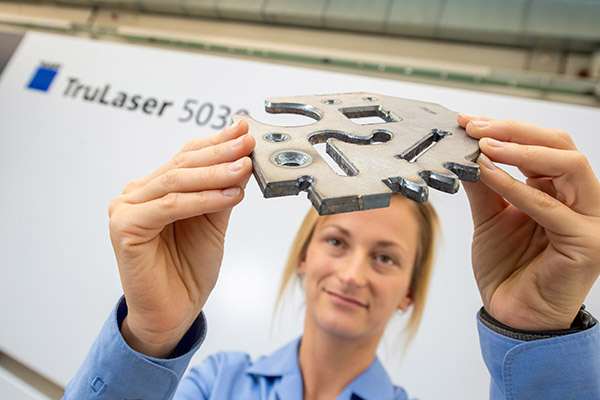
Metal cages, or, more generally, structures for the collection or storage of parts or semi-finished pieces are industrial products made from tube and sheet whose design and creation requires specific know-how.
Céline Hugot is the co-founder of Viollet Industries, a French family company based near Annecy that has developed most of its business on this very structure. The right solution for the company’s production is the BLM LC5 combined tube and sheet laser-cutting system.
“In 2008, we had purchased a laser system for sheet metal,” says Hugot. “Although it was very old, it was fine for us. However, when we started running out of parts we had to look around. We saw the LC5 combined laser cutting system for tube and sheet metal and it immediately went on our list of favourites.
“Last year we felt ready to buy it and a very interesting proposal came from BLM Group,” he adds. “It was the right time; we had time to train people and now that the market is exploding we are using the machine at 120% of its capacity.”
The machine has been running for about 9 months and production is 50% tube and 50% sheet metal.
“In general, I don’t really like combination machines because, while one part is working the other is standing still and it seems wasteful, but with our volumes this is the perfect solution,” says Hugot. “A tube laser would have been excessive for our current needs. With this combo laser-cutting system for sheet and tube, we have flexibility, and this is a good mix for our type of production. Even our regular customers have seen an advantage because they see the difference in lead times.”
For further information
www.blmgroup.com






















